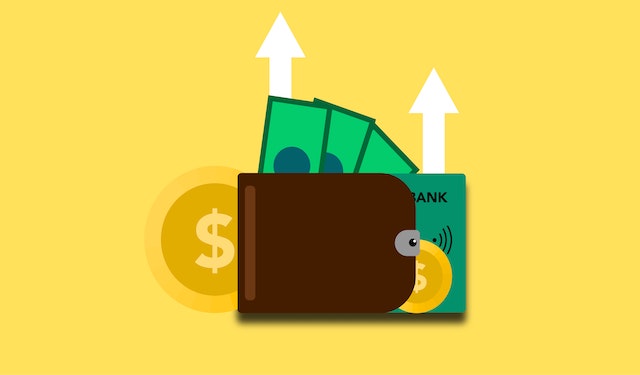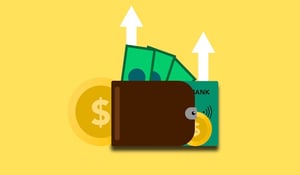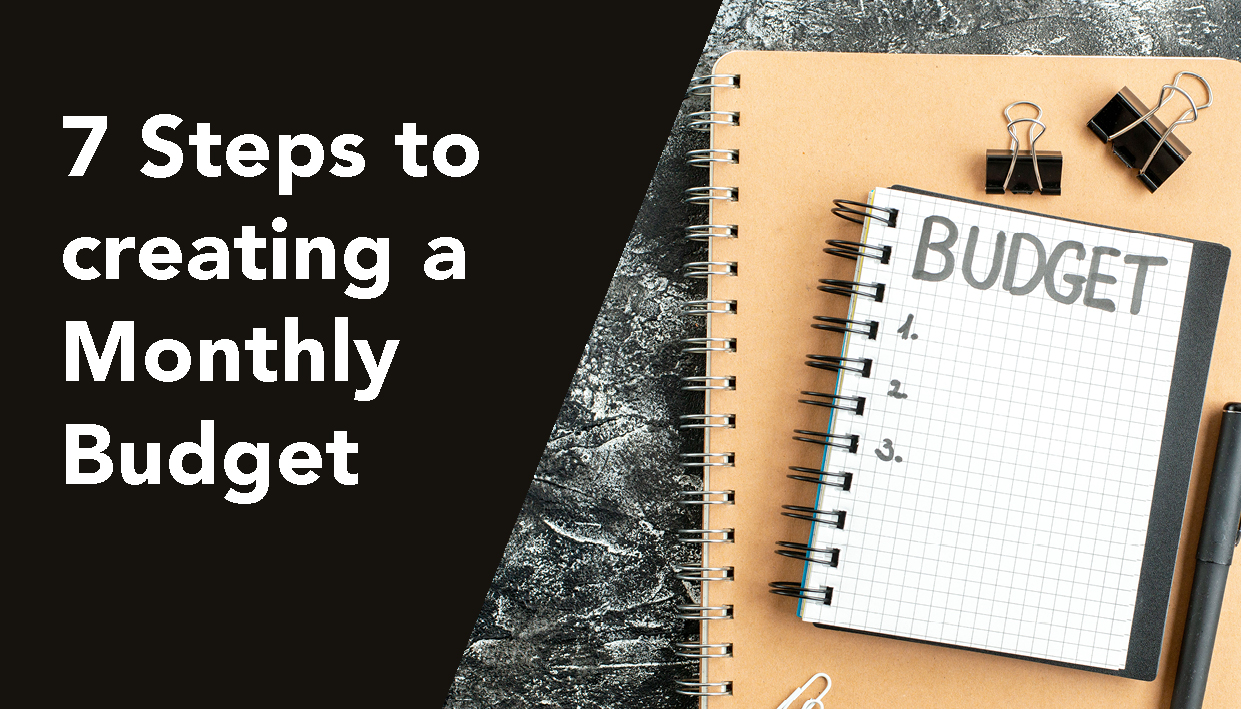7 Tips To Help You Save For Your First Home Deposit

We understand that saving for a deposit can be one of the biggest hurdles for first home buyers, and that's why The First Home Buyers Club is here to lend a helping hand.
First things first though, you need to have an idea of how much money you spend weekly as well as how much you need to save for your first home deposit. Having a specific target to work towards will help keep you motivated and focused. Pick a number, set a timeframe, and then get busy saving!
We’d like to share with you some ways you can make saving easier and hopefully reach your savings target quicker than you expected!
1. Set A Savings Goal
When seeing any type of goal, it's easier to achieve when you have a good plan in place to keep you on track. In order to get saving, first do a budget and work out your essential spending and your discretionary spending to better understand everything that you NEED to spend money on and areas where you see you could save. This will give you an indication of how much you can afford to save regularly. A good way to do this and be mindful of your spending is taking out cash to spend on your discretionary spending, this way you can see where you can see your money being spent instead of being on a bank statement going back to thinking do I need this or do I want this. Remember to be realistic with your plan – you must still allow yourself some luxuries – if you don’t you may find it just too hard and give up. Setting a savings goal will help you stay on top of your budgeting and give you the satisfying feeling of achievement when reaching it.
Check out our blog on 7 Steps to creating a monthly budget
2. Save Your Change
"Look after the cents and the dollars take care of themselves." There are two ways to save your change in your banking app or by saving your loose coins. Do you remember as a kid you would have a change jar and save your coins to buy toys? Well, you may not think a lot about loose change, but it can have a big impact on your savings. Every time you take out cash for your discretionary spending put the leftover change from that cash in a jar or if you end up changing your mind about the discretionary spending you can place that cash in the jar. This way you can watch the jar fill up over time will be satisfying to see and keep on those mindful habits with your discretionary spending.

The second way is through your banking app which is a more modern way, ASB helps you to grow your savings without having to think about it. Every time you use your EFTPOS, ASB visa debit card, or electronic from your nominated account it automatically rounds up and puts the extra in your savings. You are in control of choosing how much you would like automatically put in your savings and are able to turn it on and off at any time.
3. Create A Milestone Timeline.

Every milestone deserves a celebration in your life and that includes your savings account. Create an achievable timeline that has key milestones along the way, take the time to understand what you want to achieve with this timeline and why you are doing it. This helps keep you motivated to hit those milestones as you are marking your progress toward them and you can visualize the end goal. Put it somewhere visible that you will see a couple of times a day like on your fridge or pantry. Make hitting those milestones both satisfying and fun by being able to see how much money you have currently saved. Then treat yourself to something when you do hit those key milestones and use your jar of loose change to buy that treat. This makes saving a lot more doable as you want to see yourself succeed in it because you will see it every day.
4. What Could Be Eliminated?
If you're struggling to save as much money as you need it might be a good idea to look at your weekly expenses. Going through your bank statement and identifying expenses that are non-essential is a good start to seeing what you can spend less on. Now that you know what extra expenses can be skipped in your weekly spending you can plan your spending and limit your overspending.
Another simple way to decrease your weekly spending is by buying home brands or alternative products that are cheaper. For example, buying a bar of soap instead of body wash or Countdown brand oats instead of Harraways oats, and Pam's flour instead of Edmonds flour. Think about what little changes can be made in a weekly grocery shop in terms of your spending. To limit overspending you could simply create a savings account that you don't have access to this way you aren't able to transfer the money back and use it on non-essential spending. Visit Sorted for some handy budgeting tools that can help you get started now.
5. Temptation To Buy
The temptation to keep up with the latest fashion trends, go to fancy restaurants and get a drink with your friends on the weekend can lead to unnecessary spending. If you are tempted to buy something follow the 30-day rule. Take out the money you may want to spend on this item in cash as it is discretionary spending. Instead of spending money on something you want, you're going to take 30 days to think about it. If after 30 days you still want to make the purchase then do it and if not, you are able to add that cash to your savings jar and you have just saved yourself money. When you have the temptation to buy something you want to take a look at your savings goals and milestone timeline and access if this spending is necessary or if would it be better to save the money to help reach your saving goals.
6. Read Books On Saving And Finance
If your needing some motivation or feel uninspired about saving, reading books on saving and finances is a great resource for you to increase your knowledge and learn something new about saving. Reading these types of books can help you understand the point of saving money for buying your first house. Books are also motivating, give you wisdom, and talk about personal experiences. You can learn a lot from reading these types of books and if you don’t like reading paper books there are always alternatives like downloading e-books and watching YouTube videos about personal finance.
There are a number of other ways you could make saving for your first home deposit easier, by paying off your high-interest consumer debt, creating a plan on how saving for your first home deposit will look like for you, consolidating your debts into one low-rate loan to help pay it off quicker and lastly proving you have steady long term employment this can help back yourself that you will be able to pay your mortgage back on time. The barefoot investor is a great book packed full of financial advice and advice on how to take charge of your personal finances.
7. Low Deposit Options
There are many low deposit options when it comes to buying your first home, so don't feel discouraged if you have done all these tips and still don't have enough for a 20% deposit.
A 20% deposit is the ultimate target however, this can often be a significant challenge for first home buyers. Luckily there are low deposit options are available. In particular, if you are looking at a New Build property they don't require 20% because the Reserve Bank makes them exempt from loan-to-value restrictions. You Own and First Home Partner Scheme are also great options as well check out our First Home Partner blog for additional information.


.png)